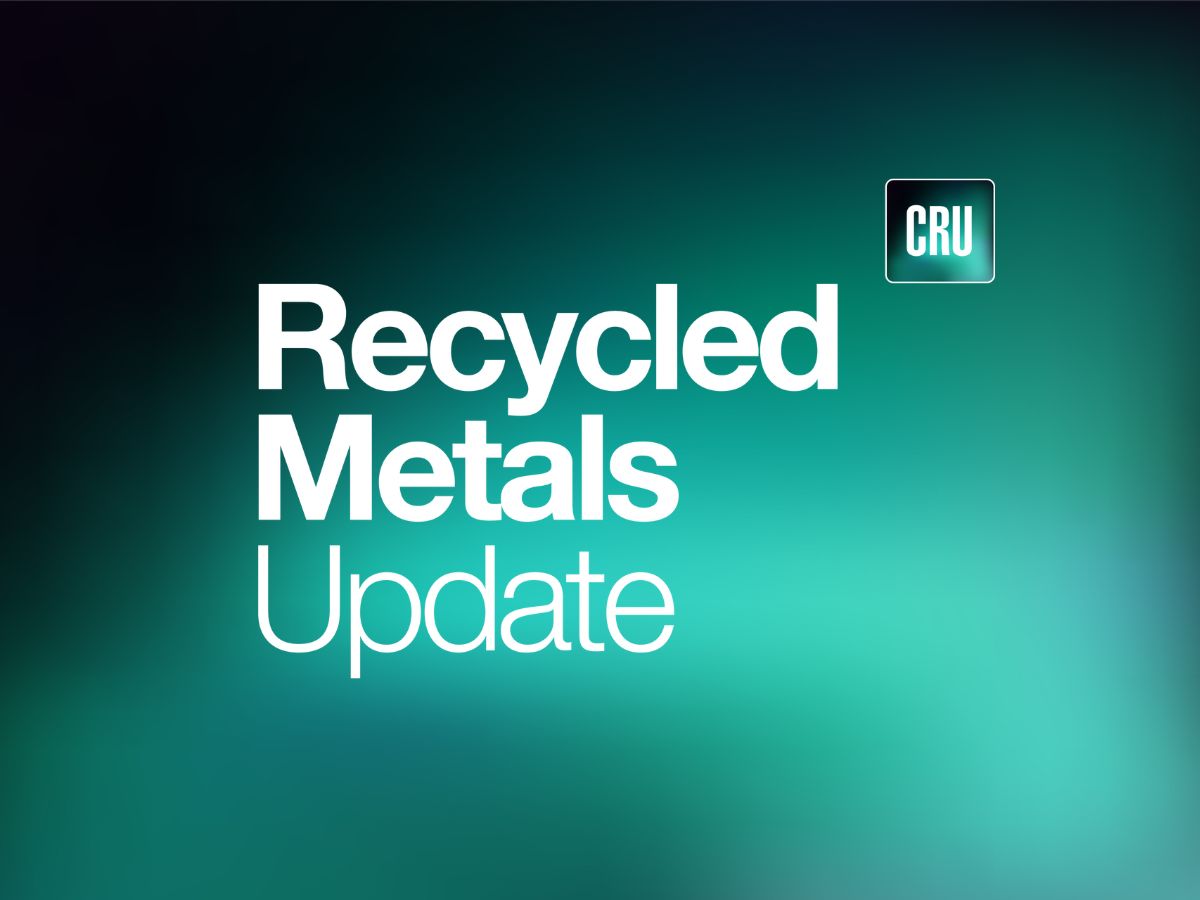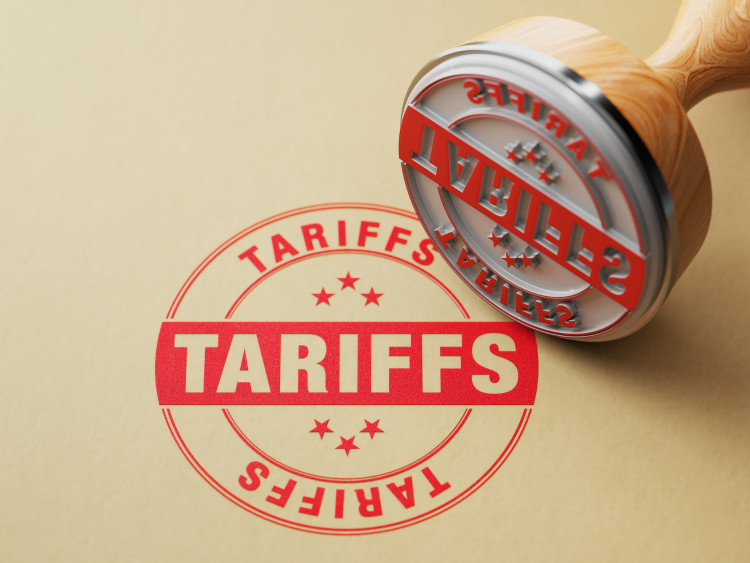Market

September 17, 2024
Reibus: Flatbed rates dip, but optimism lies ahead
Written by Robert Martin
As we round out Q3, the Reibus flatbed rate index is trending more directly to the right (meaning rates are flat) than up and to the right. After flatbed spot rates closed Q2 -4.29% on a y/y basis, we saw a brief move into inflationary territory at the start of Q3. However, after a stint of tepid demand in August and thus far in September, the flatbed index has reverted back to deflationary territory and is now reading -3.84% y/y for Q3. Quarter-over-quarter, flatbed rates are -3.9% and are flat compared to the second quarter of 2024. Capacity is still abundant and with the presidential election less than 50 days out, we do not expect any material rate movement in the next few months. Rates will likely remain stagnant through 2025 as investment in new projects has largely been put on pause.
On the dry van side, spot rates and demand are following a similar trajectory. After closing Q2 -2.88% y/y, spot rates briefly crossed into inflationary territory in July, posting +1.45% y/y. Rates reverted in August, dropping 2.5% m/m, and dropping an additional 1% in September. Our Q3 dry van spot rate index now sits at -2.42% y/y.
The anomaly that was 2020 notwithstanding, election season is usually a quiet time for the economy as companies wait out the results before committing capital investment toward new projects. The economy does not like uncertainty, and regardless of how similar or different the policy outcomes of a given election may be, companies tend to wait out the results. So, with seven weeks until the U.S. presidential election, we wait. The flatbed market is navigating a mix of challenges and opportunities, but looking ahead to 2025, the outlook appears to be much brighter.
The Federal Reserve Board of Governors is meeting September 17-18 and markets have baked in a roughly 33% chance of a 25 basis point (bps) cut and a 67% chance of a 50 bps cut. Recent news suggests a potential interest rate could stimulate activity in the flatbed market. Government spending, already in the works from the Inflation Reduction Act, CHIPS and Science Act, and Infrastructure and Jobs Act, continues with much of the funding from these bills set to go into effect in 2025 and beyond. The election’s outcome will likely impact future infrastructure spending, which directly correlates to overall flatbed demand. Specifically, heightened interest rates have reduced developments in the building products vertical, and the rate cuts we are likely to see in the back end of 2024 and into 2025 should equate to growth in this sector. The automotive sector will also benefit from lower interest rates and supply chain stability. Demand for new vehicles will likely increase as interest rates drop and it will also create more opportunities for nearshoring investment. The energy sector, including renewables, utilities, and oil and gas, continues to see significant investments, driven by the recent infrastructure packages.
Editor’s note: The views, thoughts, and opinions expressed in the content above belong solely to the author and do not necessarily reflect the opinions and beliefs of Recycled Metals Update or its parent company, CRU Group.




